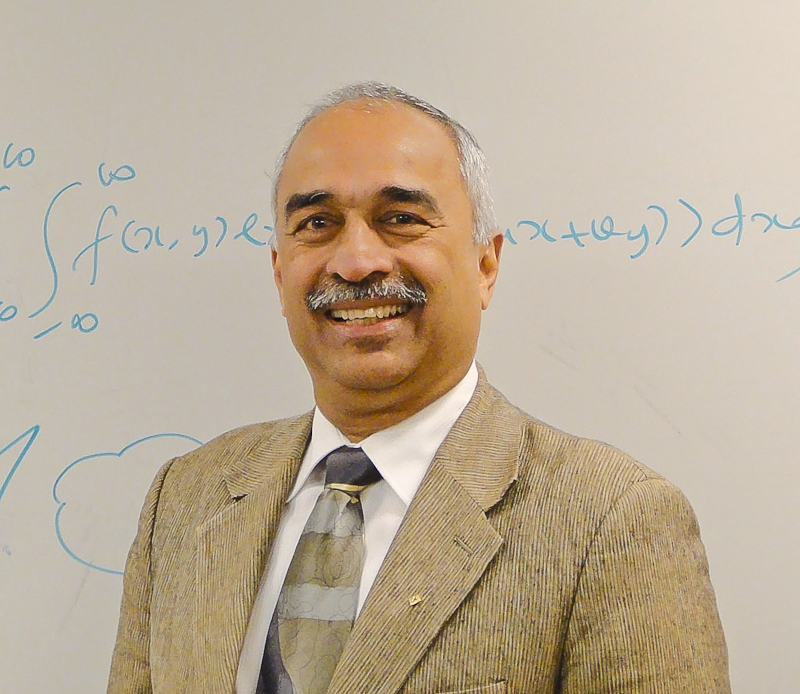
Researchers at the University of Calgary (U of C) are looking to update their digital imaging software, which would enable them to detect earlier signs of breast cancer.
Raj Rangayyan is one of the head researchers at the Schulich School of Engineering at the university, whose team won a Publication Prize from Canada’s Institute for Cancer Research for software that digitally analyzes mammograms in 2012.
Now, Rangayyan is looking for additional funding to further develop this software.
He said the computer-aided systems currently used to analyze mammograms don’t catch everything.
The current commercial systems are aimed to identify calcification which “appear as white spots that are relatively easy to catch” and tumours which are “masses of hard tissue developed due to disease” in mammograms, according to Rangayyan.
However, he said “there are other signs of breast cancer that are harder to detect.”
Rangayyan said the third most common way to spot breast cancer is through “architectural distortion,” a term he defined as “any pattern that does not appear to be normal.”
“When the cancer is just beginning to form, there will not be a tumour but could be a simple distortion of the breast tissue,” Rangayyan said.
With updated software, he said doctors would be able to detect these distortions even before the tumour begins developing.
The Ottawa Hospital updated its mammography technology from 2009-2011 and currently uses tomosynthesis digital imaging, the software Rangayyan hopes to use at U of C when increased funding is awarded.
Dr. Cressida Brennan, a radiologist at the Ottawa Hospital, described tomosynthesis as “3D mammography.”
“It essentially is screening mammography with an added benefit of serial images through the breast as opposed to one picture . . . and shows different angles,” she said. “It shows a lot of promise and the latest research is that it improves detection.”
Brennan said they’re still using tomosynthesis in a diagnostic setting, however she said with more research, she predicts it will be used for routinely screening patients.
Rangayyan and Brennan said this updated technology increases sensitivity and reduces callbacks for false positives, mistakes that are made reading the mammogram.
But they agreed the ultimate goal is to detect cancer earlier.
“Patient prognosis improves with earlier detection of breast cancer and picking it up before it spreads beyond the breasts,” Brennan said.
Marsha Davidson, executive director of the Breast Cancer Society of Canada, said these types of research projects all play a role in increasing the survival rate of breast cancer patients.
Although the society does not work with U of C, Davidson said student projects account for “a big part of the cutting edge breast cancer research we fund.”
“Research is saving lives,” she said via email. “Additional funding into research will help us reach our goal of eradicating breast cancer.”





